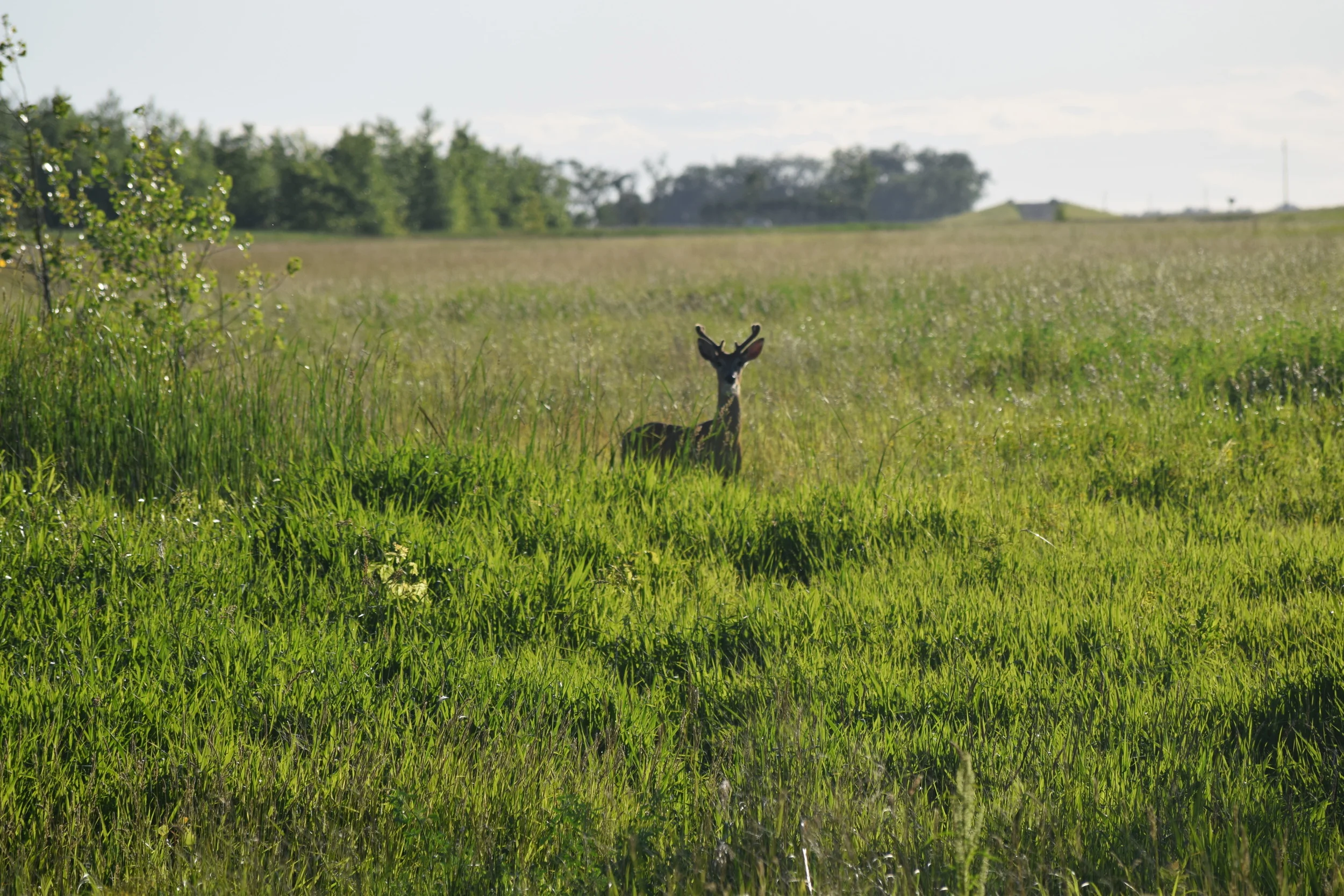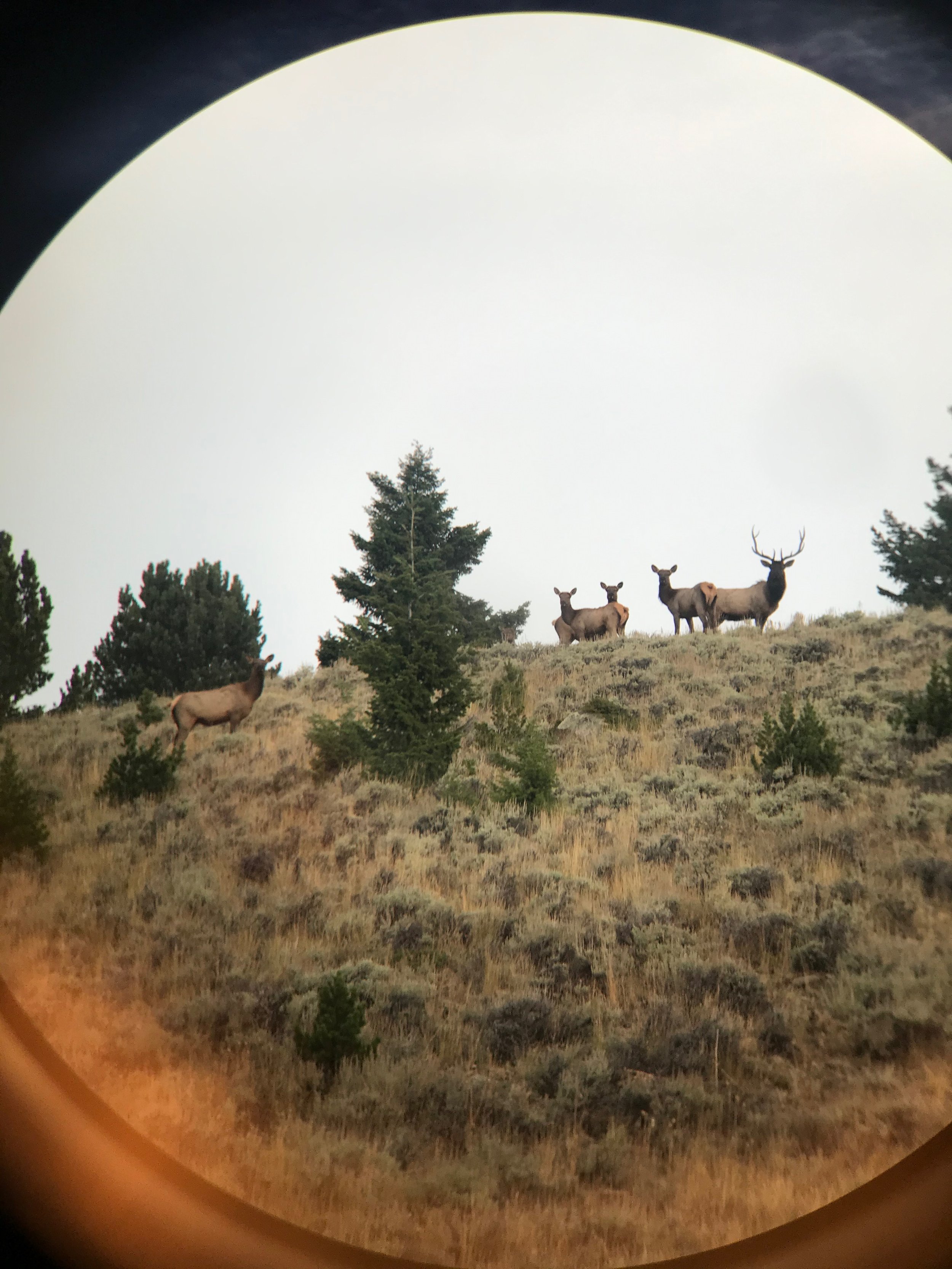Getting inventory of your bucks in the summer is a popular topic of discussion during this time of the year. It usually revolves around bait, minerals, or crop fields. But what do you do if your hunting property doesn't have any crop fields and your not allowed to bait or put down mineral? This is a perfect opportunity to utilize late summer and early fall scrapes. This is an idea I have been coming more and more intrigued with. It seems as though this way of inventorying what bucks are on a property is getting more and more popular. If minerals, bait, or crop fields aren't an option for you, this is something that you might want to put to the test.
Identifying Previous Scrape Sites
It's very similar to identifying a scrape during October, except for one thing, and that's to focus on the licking branch more so than the ground itself. It seems as though the most effective way to locate a previous scrape is to locate a licking branch that has been used in the past. Walk field edges, or areas that you know have had scrapes in the past and keep any eye out for overhanging broken branches. These can signify a previous scrape site.
If you can find a licking branch, there is a good chance bucks are using that licking branch year round, even though there is no signification of a ground scrape. The earth floor will be overgrown during the summer, so identifying a scrape based on the soil being worked may not be the way to go. After finding a licking branch, sometimes I throw a camera up and just leave it, or I may take a rake or stick and decide to work the soil a bit. I don't worry about any scent with scrapes that have already been created.
Creating Summer Mock Scrapes
Creating a mock scrape during the summer can also be a great way to get an inventory of the bucks on your hunting property. Again, in the summer you follow the same principles as you would if creating a mock scrape later into fall, but focus more on the licking branch. What works well for me is a two step process. I first create a mock scrape by finding a suitable overhanging branch. The licking branch is the most important part of the scrape, so it is imperative you find a location that has one that isn't too high or too short. I like to break it about halfway out from the base of the tree so it is hanging down into the area above the scrape. Then take a rake or stick, and rough up the ground underneath the licking branch.
The second part of my summer mock scrape setup is to place a trophy rock or create a waterhole near the mock scrape. If your in an area that doesn't allow any type of minerals, a waterhole is a great option here. This gives bucks an even better reason to come check out the scrape. I like to place my trail camera far enough away from the setup so I have both the scrape and trophy rock/waterhole in the picture or video.
When it comes down to it, getting creative during the summer months can pay huge dividends during the fall. Even if you can use minerals or bait, try taking inventory by using an existing licking branch or creating a mock scrape of your own, you may be surprised with how much bucks use these during the summer.
Looking for a good way to manage all of the pictures your going to get over these scrapes? Read Trail Camera Management for some tips on how to get the most out of your pictures.
Scrapes are a great way to get creative in the summer. When you think of scrapes or creating mock scrapes, you probably think just of using them in October and November. But these are a much better tool than simply using them in the hunting season.
Give it a try in the next month or two and see what happens. You might just be surprised at the effectiveness.











